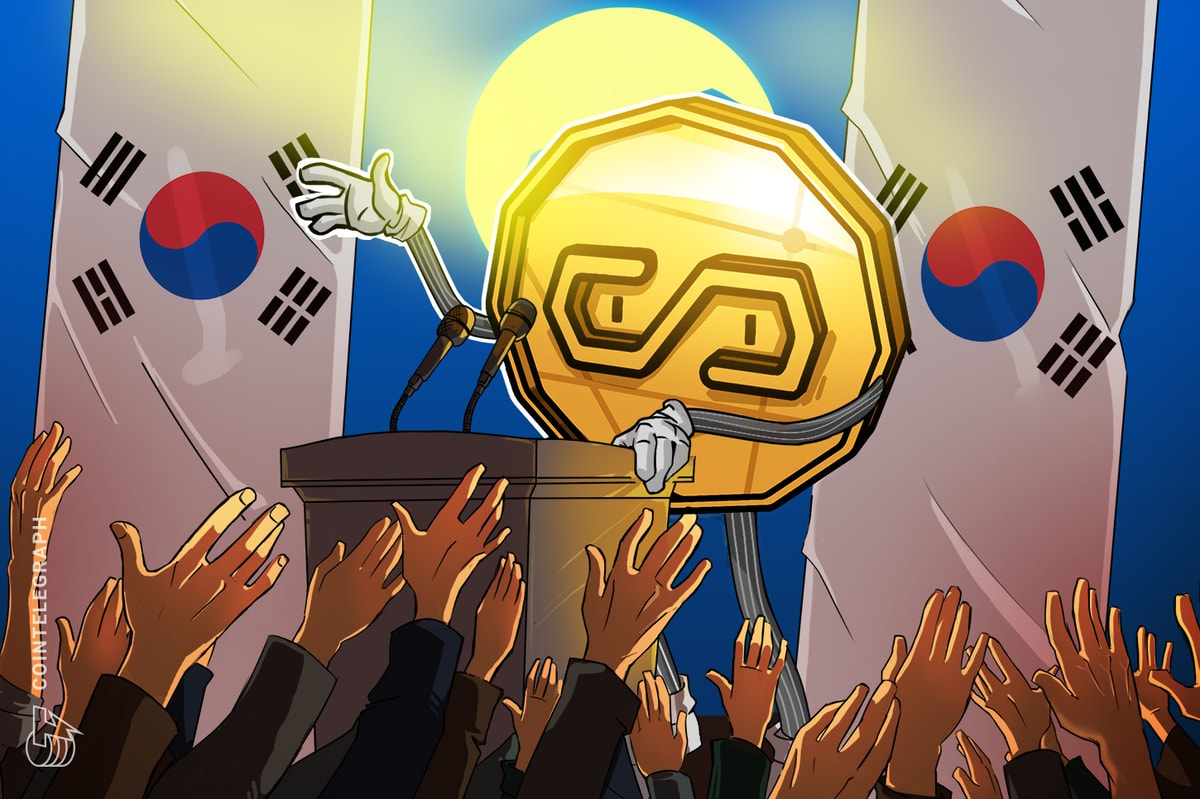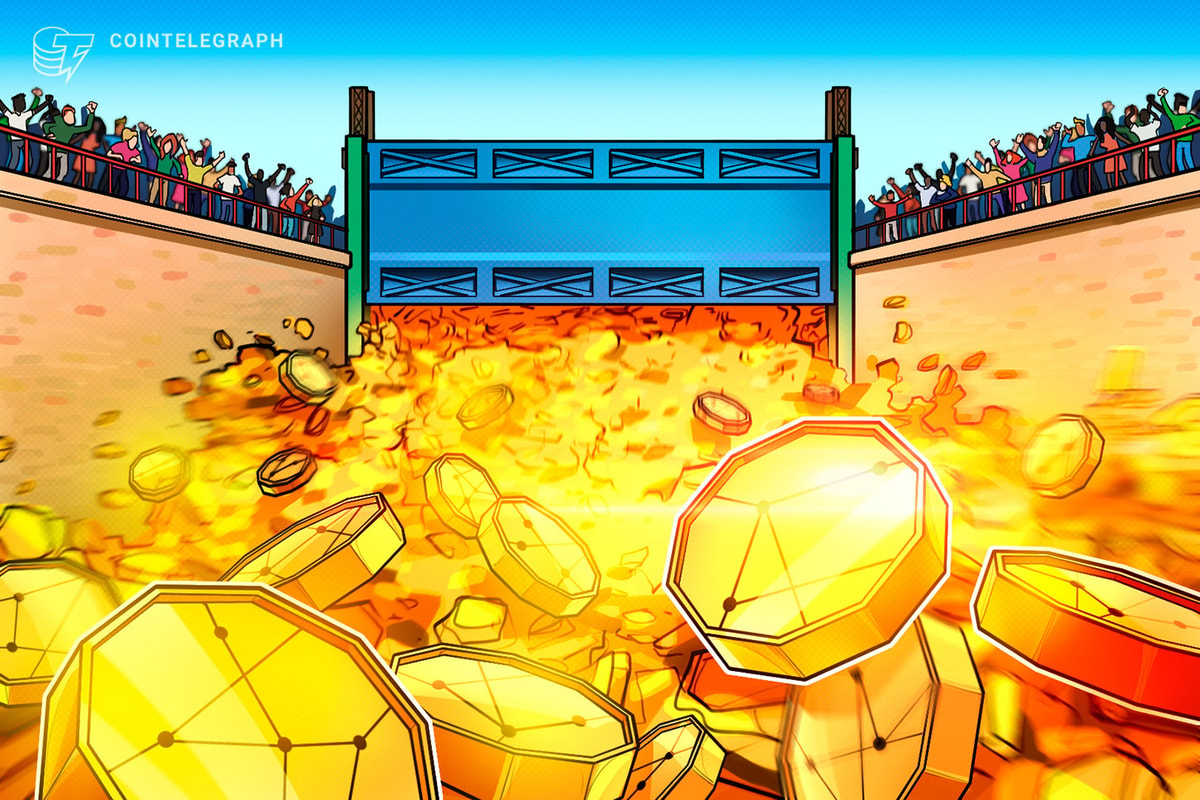Southeast Asian financial institutions turn to the Ethereum blockchain
5 min readBlockchain innovation is surging throughout Southeast Asia, as the region is home to a number of fintech firms and global crypto companies. In particular, Singapore has become one of the world’s most crypto-friendly countries. This was recently highlighted in a report conducted by crypto exchange Gemini, which found that 67% of 4,348 respondents currently own crypto. The report further noted that Ether (ETH) is the most popular cryptocurrency in the region, with 78% of surveyors claiming to own the digital asset.
Interestingly enough, the Ethereum blockchain may also be the network of choice for financial institutions based in Southeast Asia. Charles d’Haussy, Asia managing director at blockchain firm ConsenSys, told Cointelegraph that companies in the region looking to empower e-commerce cross-border payments favor Ethereum for a number of reasons:
“From a technical perspective, different central banks and financial institutions that have been exploring various technologies always tend to come back to fundamental features, which Ethereum offers.”
Specifically, d’Haussy mentioned that financial institutions find it appealing that Ethereum offers a smart contract layer on a blockchain network, whereas other competitive technologies may only feature a smart contract layer without a blockchain. D’Haussy added that the Ethereum network also provides financial institutions with the ability to create accounts for certain tokens. He added that the process would sound familiar to many since “You have a bank account and banknotes which you can put into that account. This can be reproduced in many use cases. Other technologies explored in the past were not able to provide both accounts and tokens.”
Ethereum for finance in Southeast Asia
Given the unique functionalities of Ethereum, d’Haussy noted that financial institutions throughout Southeast Asia leverage it in a number of ways.
For example, Daniel Lee, executive director and head of business and listing at DBS Digital Exchange (DDEx) — a digital exchange backed by DBS, one of Asia’s largest banking groups offering trading services for various digital assets including security tokens and cryptocurrencies — told Cointelegraph that the firm is using Ethereum for its security token exchange:
“We are using Ethereum as a permissioned blockchain for this purpose. The tokens that we are using are based on ERC-777, which is enabling us to create an exchange for this product. And because everything works on a blockchain, it replaces your traditional central depository or clearinghouse.”
In particular, it is possible to list ERC-777 tokens that are backed by equities, fixed income, or other real-world assets. These listings can then be offered for secondary retrading. Lee explained that a security token exchange can facilitate the sale of assets on a secondary basis: “Now when someone wants to sell these assets, they can just post it as an offer on the exchange. And whoever wants that particular amount, they can just lift that offer.”
Moreover, Lee remarked that DDEx had looked at other blockchain networks besides Ethereum to accommodate its security token exchange. However, he noted that Ethereum was the best choice due to the ease of finding programmers familiar with Solidity, the programming language designed for developing smart contracts on Ethereum.
Related: Are institutional investors the key silent partners of crypto?
D’Haussy further pointed out that Partior — a blockchain-based interbank clearing and settlement network jointly established by DBS Bank, JP Morgan and Temasek — is also built on Ethereum. As a part of Project Partior, Lee shared that DDEx will soon be issuing its own Singapore Dollar stablecoin on the Partior network. According to d’Haussy, this is the case for similar use cases due to the diversity of vendors, wealth of developers and variety of services available on Ethereum. “Many other blockchains will not be able to provide such a rich and mature ecosystem. Therefore, it’s a no go for many financial institutions,” said d’Haussy.
It’s also interesting to note that China’s involvement in blockchain innovation is on the rise. While d’Haussy believes that the region isn’t excited by cryptocurrencies, he mentioned that China is a big builder of blockchain networks. For example, although China recently warned for state-owned businesses to cease mining cryptocurrencies, d’Haussy mentioned that ConsenSys Quorum — ConsenSys’ Ethereum-based distributed ledger protocol — is doing well in the region: “Permissioned chains in mainland China are the favorite frameworks and Quorum is currently being used for Blockchain-based Service Network, a Chinese government-backed nationwide blockchain project.”
Will Ethereum’s limitations hamper adoption?
While Ethereum may be widely used throughout Southeast Asia for various purposes, concerns remain regarding the network’s high gas fees and scalability issues. But, according to Lee, DDEx is using Ethereum on a permissioned blockchain for listing and trading security tokens, therefore high gas fees are not an issue. “We don’t use mining as a consensus mechanism. We use IBFT as our consensus mechanism. Based on that, the gas fee doesn’t really apply to us,” he said. D’Haussy added that high gas fees further demonstrate that Ethereum is in demand, noting that layer-two solutions are being implemented to solve the major challenges facing Ethereum today.
Even though this may be, some financial institutions in Southeast Asia have begun looking toward other blockchain networks. For example, RippleNet — the global payments network of blockchain firm Ripple — is being leveraged throughout the region for cross-border transactions. Brooks Entwistle, RippleNet managing director in APAC and MENA, told Cointelegraph that Asia Pacific has emerged as one of the fastest-growing regions for RippleNet with transactions more than doubling since Q3 last year.
Entwistle added that following Ripple’s intent to acquire a 40% stake in the cross-border payment processing hub Trangloa, the firm has facilitated a new on-demand liquidity corridor in the Philippines. He further shared that the Japanese remittance company SBI Remit is using Ripple’s ODL service to transform remittance payments for the large Filipino diaspora in Japan. Entwistle explained:
“This has profound implications for accelerating financial inclusion and creating economic fairness and opportunity, especially in a region which comprises some of the biggest remittance-receiving countries in the world such as the Philippines.
As such, while Ethereum continues to have a notable impact in Southeast Asia, other blockchain solutions are indeed on the rise. For instance, the Solana blockchain has been attracting enterprise interest due to its high transaction speeds and low costs. Henri Arslanian, PwC crypto leader and partner, told Cointelegraph that other blockchain networks are being utilized as financial institutions become more knowledgeable on different layer-one solutions:
“Each layer-one solution has different features from speed and scalability to transaction fees and carbon footprint. Each organization will have its own priorities and use case requirements that may make them choose one network over another.”





